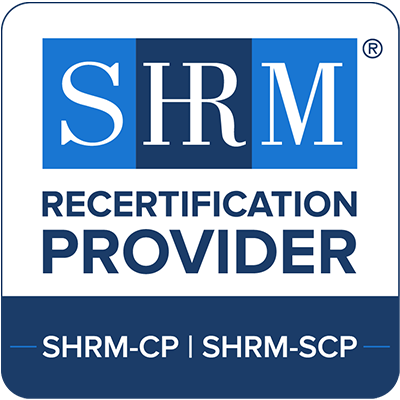Over the past 30 years, our country’s workforce has grown by 20 percent – a pace unable to keep up with demand. In addition, according to the U.S. Bureau of Labor Statistics, workforce participation is estimated to fall to 60 percent nationally by 2024.
To stay competitive and attract a sustainable workforce, companies must think strategically about leveraging their employer brand.
Your employer brand is your public image and reputation among your past, current and potential employees. It includes how they perceive your company and speak about it to others. A negative employer brand can lead to costly bad hires and bad company culture. A great one can boost both internal morale and recruitment efforts.
Read on for three steps to developing and leveraging your company’s employer brand for long-term success.
Step 1: Conduct a communications audit.
The first step of your employer brand strategy is an audit of your internal and external communications, which your company should complete annually at a minimum. This audit will give you a snapshot of the information being shared about your company, both by you and broader audiences.
- Internal communication examples: onboarding process, employee handbook, employee portal, email communications, internal safety campaigns
- External communication examples: recruitment funnel, owned, paid and earned media
Gather metrics on what has resonated with your audiences and what has not worked well. If you discover negative communications during this process, determine what steps you can take to address them.
Step 2: Define your employer brand elements.
Assemble key stakeholders, including new hires and seasoned employees, to inform a clear definition of the elements of your employer brand. Examine the following:
- Company values, mission and purpose
- Compensation and benefits
- Office culture
- Office location, facilities, equipment, resources, etc.
- Advancement opportunities
- Professional development opportunities
- Flexibility & work/life balance
- Employee appreciation
- Safety and preparedness
- Corporate social responsibility
- Diversity, equity & inclusion
Are you communicating your brand clearly, consistently & accurately on the right channels?
Step 3: Share your authentic story.
Engage current employees (new and tenured) as you brainstorm the best ways you can communicate each element to both current and future employees, focusing on where and how to reach them and what makes your company unique. Experiment with different forms of content marketing: blogs, videos, podcasts, etc., and measure what works best.
Ideas to get started:
- Craft clear, engaging job descriptions and calls to action.
- Make onboarding a priority and an ongoing activity.
- Incorporate effective ways to measure employee satisfaction.
- Conduct thoughtful exit interviews.
- Respond to all reviews on employer review sites and reply to social media comments.
- Own who and what you are – don’t try to be something you’re not or make empty promises.
Developing and communicating your employer brand is an ongoing process. Your company should evaluate and update your brand annually to make sure it’s accurately telling your unique story.
Ready to take your employer brand to the next level? Let Markstein unlock new opportunities for you. For more information on the above, download our employer branding white paper or visit our workforce solutions site to learn how to partner with us.
Watch as our own Danny Markstein talks about the importance of employer branding:
